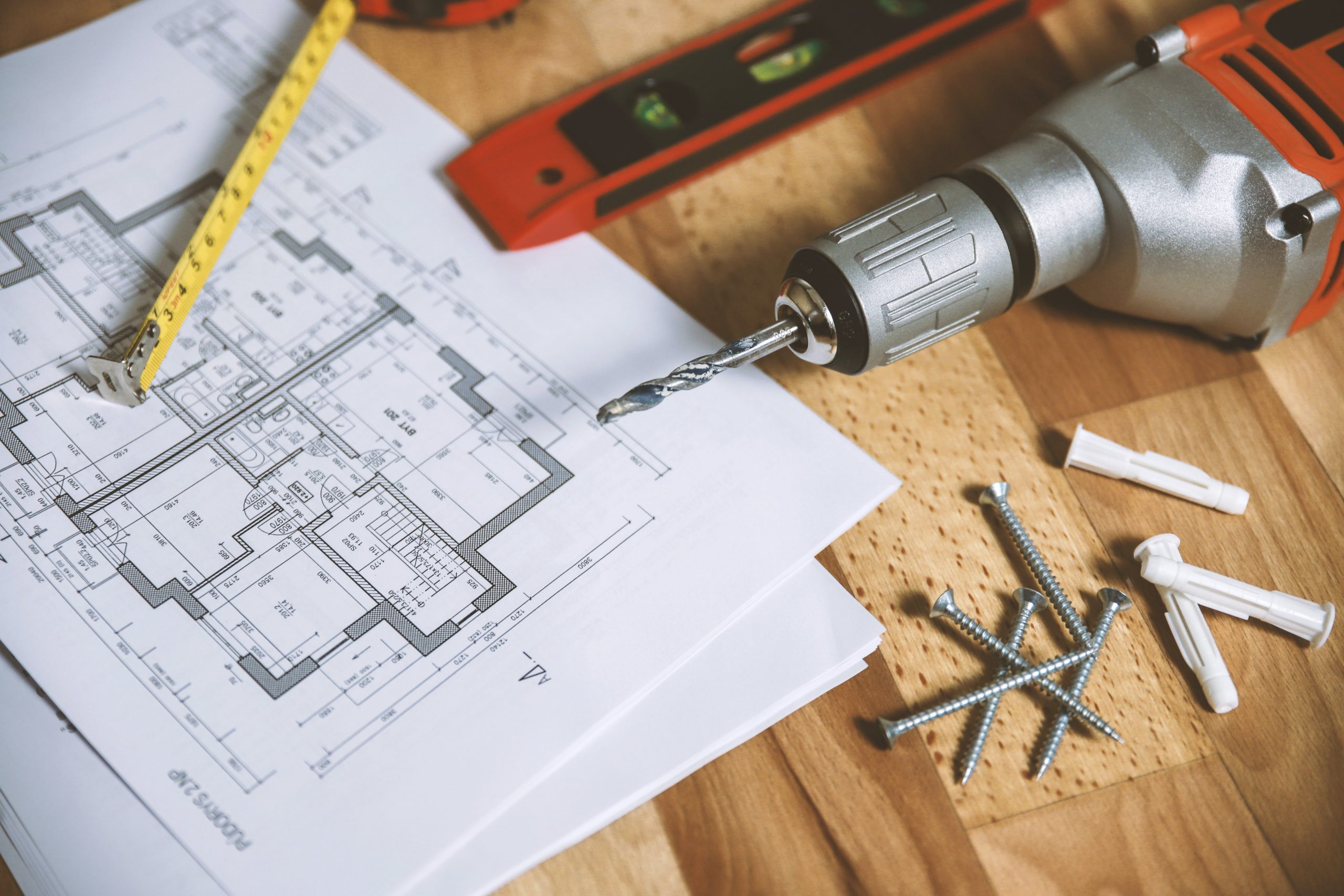Today, we’re discussing the ins and outs of connecting or joining two shipping containers together. This 5 step “how-to” should give you enough information to understand what’s involved in the process.
*Please note that this blog does not address the building codes that may be applicable in your location. Before deciding to build a structure with shipping containers, please consult an architect/engineer and ensure that local codes can be met under your plan.

Why People Connect Shipping Containers: The Benefits
To Create Larger Interior Spaces or Clear-Spans
The most significant benefit of joining two shipping containers together is for customizability and enhancement of space. This allows you to maximize interior square footage of your shipping container, which is especially attractive when building a shipping container home, office, retail business, or simply a larger storage unit. Although, at this size it’s more of a storage garage.
The benefits associated with joining together containers for additional space are:
- Create your desired customizable room dimensions and partitions
- Segmentation allows for the interior feeling of a traditional building structure
- Wider shipping container structures allow for customers and employees to feel less cramped
Take Advantage of Their “Modular” or “Volumetric Shape”
Shipping containers can be thought of as very similar structures to modular or prefabricated, volumetric building components. Their volumetric shape allows them to easily be stacked and placed side-by-side at the construction site. The convenient stacked and connecting can create any width or height that the structure is permitted to handle.
Additionally, you can employ a company to complete all necessary construction off-site, and have them ship the completed containers to your campus. This cuts down on finishing and on-site construction time and allows for timelines and costs to be relatively fixed.
Finance a Large Building – One Shipping Container at a Time
Due to the relative ease with which shipping containers can be joined together and stacked, you can budget out a housing or commercial building project according to your current financing and budget requirements. Start by connecting a few containers for your new building, and as savings or revenue continues to grow, freely add more shipping containers to your project.
How to Join 2 Shipping Containers Together
There are several ways that people across different industries and requirements choose to connect shipping containers together. We’re often asked about welding them together, and the limits of stacking containers. Below, we’ll detail how shipping containers are often connected together, and then we’ll get to some of the FAQs later in this post.
Step 1) Layout Plans Developed and A Licensed Contractor For Spec Advise
Before you get too caught up in creating a clear-span space with your shipping containers, have a detailed plan or design in place – this includes potential add-ons in the future. This type of planning makes sure that everyone involved in the process understands the requirements and specifications of the project.
It also allows you to consult or employ contractors that can ensure the integrity of your shipping containers are maintained as you begin to modify them for assembly.
Step 2) Modifications to Shipping Container Walls Should Be Done Prior to The Joining Process
If you’re working with several standard shipping containers, you’ll need to make modifications to walls first. This is particularly true if you’ll be removing any parts or the entire run of the interior walls to create doorways or a fully open space. Beams and bracing columns can be tastefully installed as necessary and in consideration with potential add-ons in the future.
Additionally, to help create a uniform and strong seal between containers, you’ll need to be sure and neatly frame in any openings you’ve created in your shipping container walls
You also might want to consider the advantages of purchasing an open side container as their large doorways are already framed. Simply remove the doors for an open space.
Step 3) Site Preparation for the Containers
Make sure that the foundation for both units is compacted and completely level. This will help keep your structure nice and uniform and, again, create the best seal.
Place the first unit on to the foundation. Make sure that the first unit is totally straight and in place before you start to position the second unit.
Guide the second unit into place and redo your measurements again. It’s absolutely crucial that everything lines up perfectly since it’ll be extremely difficult to change the position of the shipping containers after they have been connected together.
Check out our helpful guide for more information on shipping container site preparation.
Step 4) Joining the Shipping Containers Together
One of the most common ways to connect shipping containers and make sure that the seam between the two is well-connected is via plates and caulking.
Tools Required:
- Drill
- Threshold plates
- Screws
- Flashing
- Caulk
Now that your shipping containers are placed together, you can begin the connection process by placing threshold plates along the seam. Be sure to secure them in place with screws. Threshold plates can be placed on the interior along the floor.
For the seam on the walls and ceiling, threshold plates plus flashing (roof) can be placed on the exterior of the container.
Step 5) Create a Good Seal with Caulk, or Roofing Cement, or Welding
Finally, most people will utilize caulk to help seal the container from the weather and to increase efficiency. Additional roofing cement and roofing materials along with a ridge cap can help protect the roof of your new two-container building.
Can you weld two shipping containers together?
Yes. If you’re experienced with welding, this is a more permanent way of joining two shipping containers togethers.
Can You Vertically Stack Containers?
Yes you can, but make sure that your weight load is primarily distributed through the corner posts so that the foundation bears the brunt. For the construction of a multistory shipping container building we highly recommend utilizing structural engineers and architects to ensure there are no catastrophic collapses.
Tips for Joining Shipping Containers Together
When joining two or more shipping containers together to create a container home or business, you’ll likely need to add a few new support columns on the inside to make sure structural integrity is sound. This means you’ll need to incorporate additional space into your interior design plans.
Why do you need more support? The roofs of the two shipping containers will theoretically be joined once perfectly welded together. This distributes more weight than either shipping container’s initial design anticipated. Adding a few interior support columns will make sure that the roof doesn’t buckle or bend when snow or rain piles on top.
If you’re worried about the appearance of the columns in the center of your container, many contractors will build small wall segments around them. This creates a more customer friendly appearance and provides additional space for insulation materials.
Start Connecting Shipping Containers with Rent-A-Container
Shop our online shipping container store to get started with multiple shipping containers. With our convenient E-commerce shopping experience and the best possible prices, you’re sure to love your experience. Click the button below to get started.
